Battery Capacity vs. Power Output: The Difference?⚡Australia
Explore how battery nominal & useable energy capacity is different to power output, and learn about state of charge, depth of discharge, and cycles.
Read more
Tesla Powerwall 3 Rebate Now Available - Combine with Federal Subsidy Today
Initiated on July 1st 2025, the Federal Government’s $2.3 billion Cheaper Home Batteries
Program
subsidy will help homes and businesses save up to 30% on battery storage. Explore battery eligibility and the savings calculator for
Newcastle, Maitland, and the Hunter Valley today.
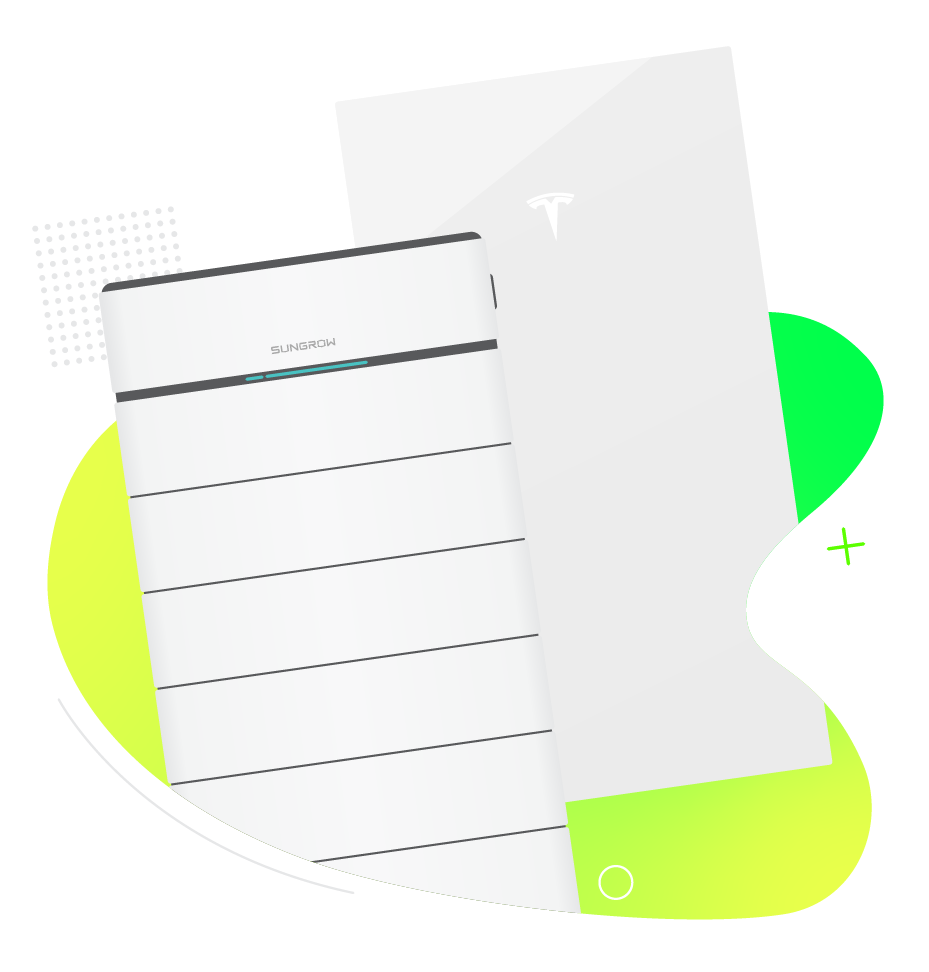
Whilst technically not a rebate, the federal battery subsidy is an incentive to enable discounts on battery storage for home and business owners in Australia.
The Cheaper Home Batteries Program provides up to 30% off the total battery cost, usually in the form of an upfront discount on the total installation price on systems up to 50kWh (eligibility includes batteries up to 100kWh).
The federal government battery subsidy will join the existing solar rebate under the Small-scale Renewable Energy Scheme that are both designed to help offset the total cost of systems which slowly decrease until 2030.
Households and businesses in the Newcastle & Maitland region can get a discount on batteries from 5kWh – 50kWh that are in a single unit, or battery expansions if it's a battery that hasn’t yet been claimed under the incentive.
Explore how to claim the battery subsidy, the discount calculator, and battery eligibility below to get started!
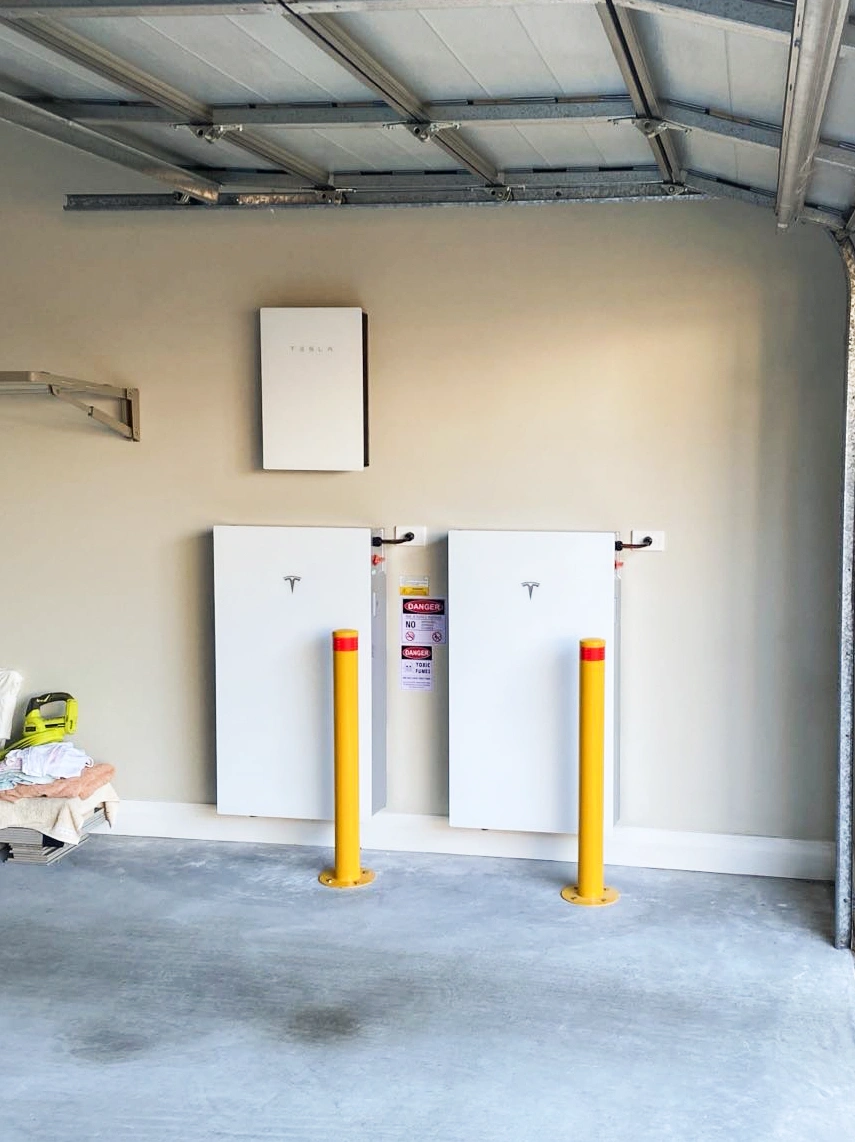
Applying for the Australian battery incentive is no different to getting a traditional quote from your local installer. By getting a quote from your local SAA-accredited battery installer, they'll choose from a list of CEC-approved, eligible batteries that will generally have the discount included on your system installation quote.
Get a free quote by a SAA-accredited solar and battery installer, on eligible battery unit and expansion options.
You can claim the federal battery incentive by accepting a battery quote that includes the upfront discount.
Once installed, start reaping the benefits from day one like 24/7 backup energy and more sustainability.
Not every battery brand and model is going to be eligible for the Cheaper Home Batteries Program.
To be eligible to claim the incentive, batteries will need to conform to the program's requirements of being under 100kWh,
CEC-approved, VPP-compatible, and be installed by a SAA-accredited installer along with a solar system. Below is a breakdown of
the battery eligibility requirements for the battery subsidy.
5kWh - 100kWh of capacity (discount will be provided for up to 50kWh).
Battery must be a single battery unit (can be a modular unit like Sungrow or BYD).
The battery and inverter must be listed on the CEC approved list.
Must be VPP-compatible, but doesn’t need to be connected to one.
Must be installed by a SAA-accredited battery installer.
The battery needs to be installed with an existing or new solar system.
If you're looking for eligible battery options for the Australian battery subsidy, they will need to
meet the program's requirements. Brands that we highly-recommend that also meet these requirements include Tesla Powerwall 3,
Sungrow SBH & SBR series, and BYD Battery-Box.
Brand & Model
|
5-100 kWh Capacity
|
Single Unit
|
CEC approved
|
VPP-compatible
|
Eligible for the scheme
|
| Tesla Powerwall 3 |
13.5 kWh |
Yes |
Yes |
Yes |
|
| Sungrow SBH series |
20-40 kWh |
Yes |
Yes |
Yes |
|
| Sungrow SBR series |
6.4 – 25.6 kWh |
Yes |
Yes |
Yes |
|
| BYD Battery-Box HVM |
8.3 – 22 kWh |
Yes |
Yes |
Yes |
|
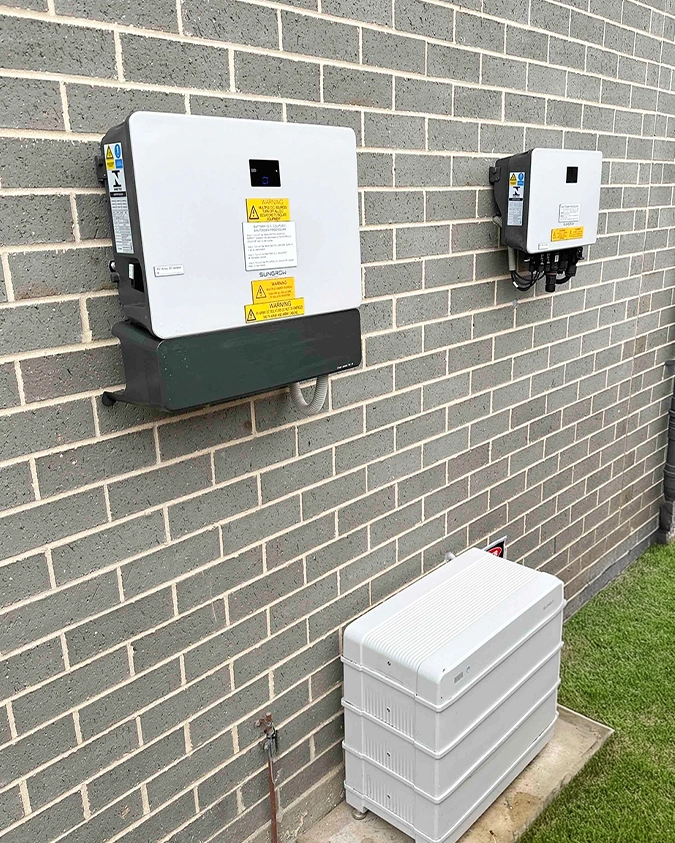
NSW Battery Rebate Savings
Using the federal solar battery subsidy calculation, you can estimate your potential savings on energy storage systems. The Cheaper Home Batteries Program discount is determined by the battery's usable capacity in kWh, with the government incentive providing significant upfront cost reductions.
Using the Australian battery rebate, you can claim up to $3,700* off a Tesla Powerwall 3 in the Newcastle, Maitland, and Hunter region for 13.5kWh of energy capacity.
Curious to know how much you can save through the Cheaper Home Batteries program? Use our free federal government battery rebate calculator below and get estimates on how much you can save on your battery or upgrade!
Use this Federal battery 'Rebate' Subsidy Calculator and calculate your estimated savings based on your battery's energy capacity.
Note: this incentive is technically not a rebate as it is a discount off the installation cost of your battery.
*Pricing from the subsidy calculator is only indicative. We are now quoting 2026 STC pricing as we're booking into the new year.
For an accurate quote, feel free to send an enquiry form, message, or call us.
Yes, you can claim the battery rebate for module expansions to increase capacity. If you a property in Newcastle or Maitland that already has a battery installed, you can claim the subsidy on system expansions that meet the following requirements:
The battery hasn’t been claimed previously under the scheme.
To be eligible, the system expansion needs to be at least 5kWh.
Does not exceed 100kWh in nominal capacity.
Claim the Battery Rebate Today
Simply fill out this form to claim the federal government battery subsidy, and get free quoting, consultation, and proposals on solar, battery, EV charging, and electrical in the Newcastle, Maitland, and Hunter region.
I don't see any prices?
We're an installer who provides custom, tailor-made systems for
every customer. This means that we don't sell standard 'one-size-fits-all' systems, as each property will have unique requirements
which will vary in price.
Why Choose Elite Power Group?
We're Newcastle's choice for battery storage systems, and can help you claim the battery rebate and maximise your savings and performance.
Similar to how the Australian solar subsidy works, your battery will generate small-scale technology certificates (STCs) where the amount is determined by the total useable kWh capacity of the battery.
Starting in 2025, each kWh will generate 9.3 STCs, which is approximately $372 per kWh.
When you accommodate elements like installers opting for STC traders, fluctuations in STC value, administration and trading fees, the value will be closer to around $35 per STC, or $316 per kWh.
Because it is a part of the Small-scale Renewable Energy Scheme, these discounts diminish each year until
2030. Below is the pricing structure of the Federal battery subsidy until 2030.
|
Year |
2025 |
2026 |
2027 |
2028 |
2029 |
2030 |
|
Estimated Value per kWh |
$316 |
$286 |
$252 |
$221 |
$190 |
$160 |
|
STC factor |
9.3 |
8.4 |
7.4 |
6.5 |
5.6 |
4.7 |
The estimated value is approximate and is based on $35 per STC, which will vary due to a few factors.
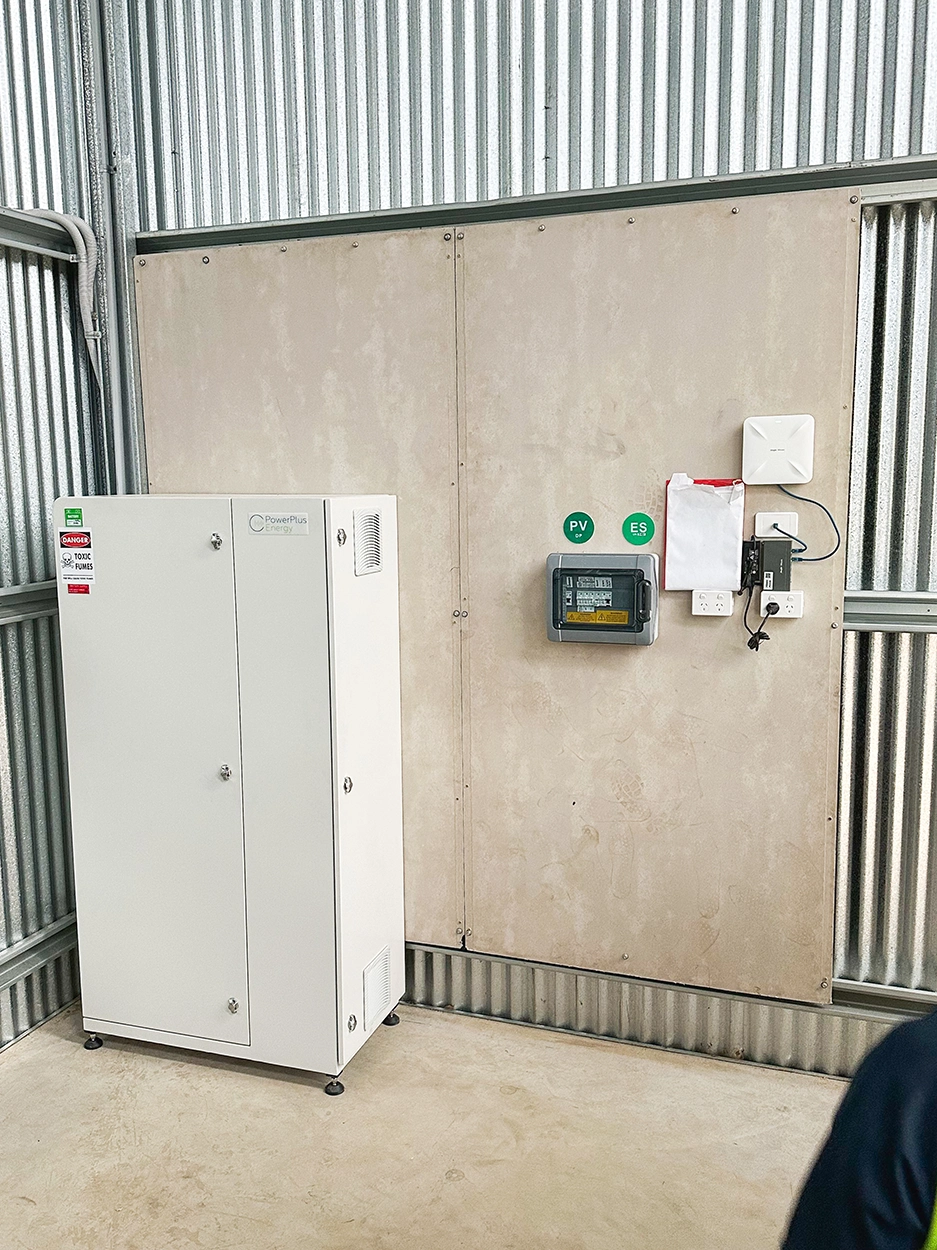
Off-grid Battery Incentive
Yes, the Cheaper Home Batteries Program is open to both grid-connected and off-grid properties. Hunter off-grid properties will need to be at least one kilometre away from a main grid line, or in a circumstance where the cost to connect to the grid is beyond $30k.
If an off-grid property is claiming the Cheaper Home Batteries Program subsidy, the battery does not need to be VPP compatible to be eligible.
Virtual Power Plants
Battery storage options like Tesla Powerwall 3, Sungrow SBH and SBR, as well as BYD Battery-Box are all VPP-compatible and are eligible for the Australian battery subsidy.
A Virtual Power Plant (VPP) is essentially a large network of decentralised homes and businesses that are orchestrated to balance grid demand and supply.
Whilst batteries claimed under this incentive are required to be VPP-compatible, there is no requirement for the battery to be connected to a VPP to be eligible.
Additionally, you can claim a rebate on connecting your battery to a Virtual Power Plant network through the VPP rebate.
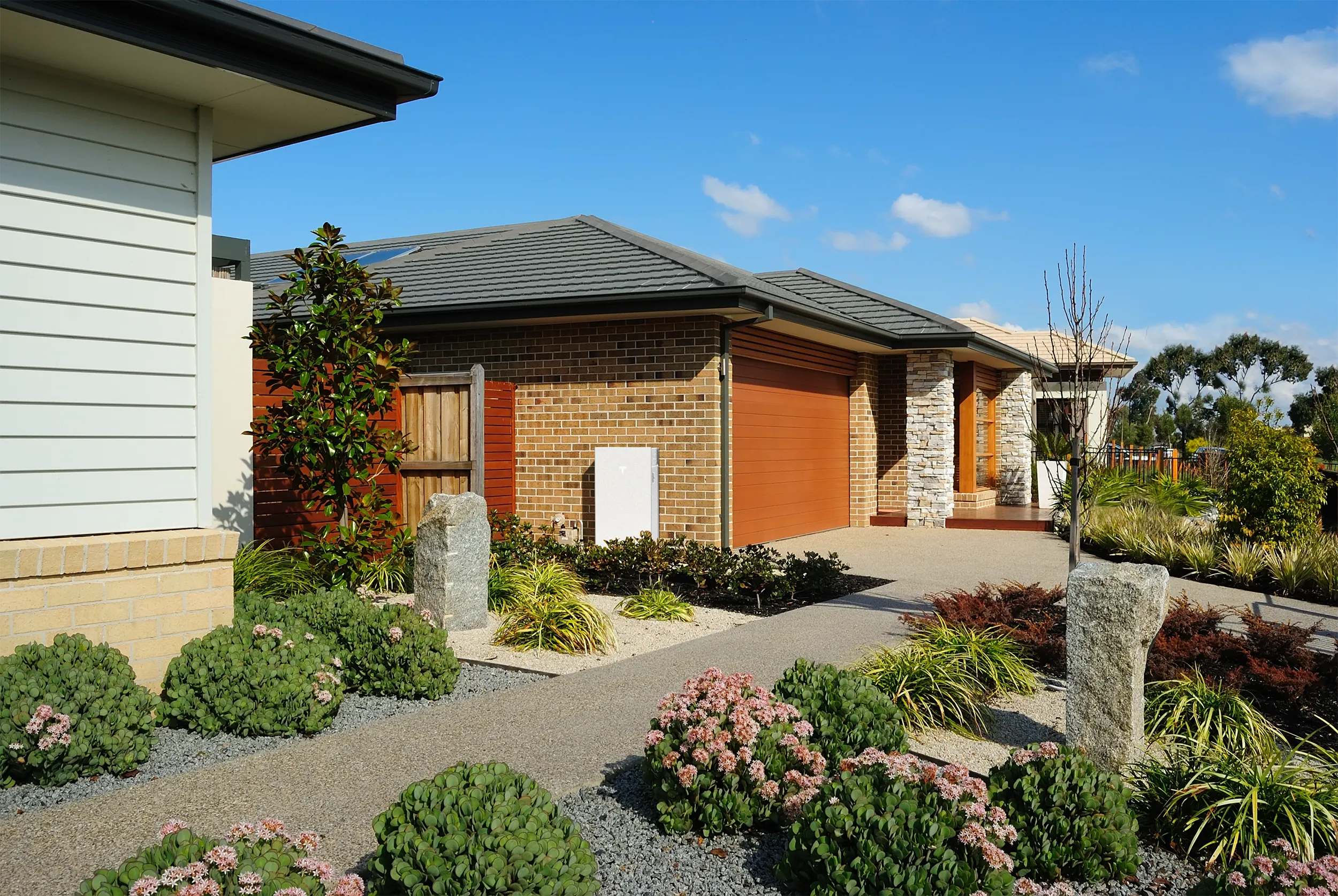
Our Newcastle-based team of experienced installers provide accurate and free quoting on not only battery systems, but also provide quotes with incorporated incentive pricing for solar systems. Make it easy and order a full solar and battery system through us and be assured that you know what you're in for before any money exchanges hands.
We don't sell you a system that you don't need.
There is a huge opportunity for new and existing solar owners like you, to take advantage of the energy YOU generate. Maximise your savings today and reap the benefits of energy independence.
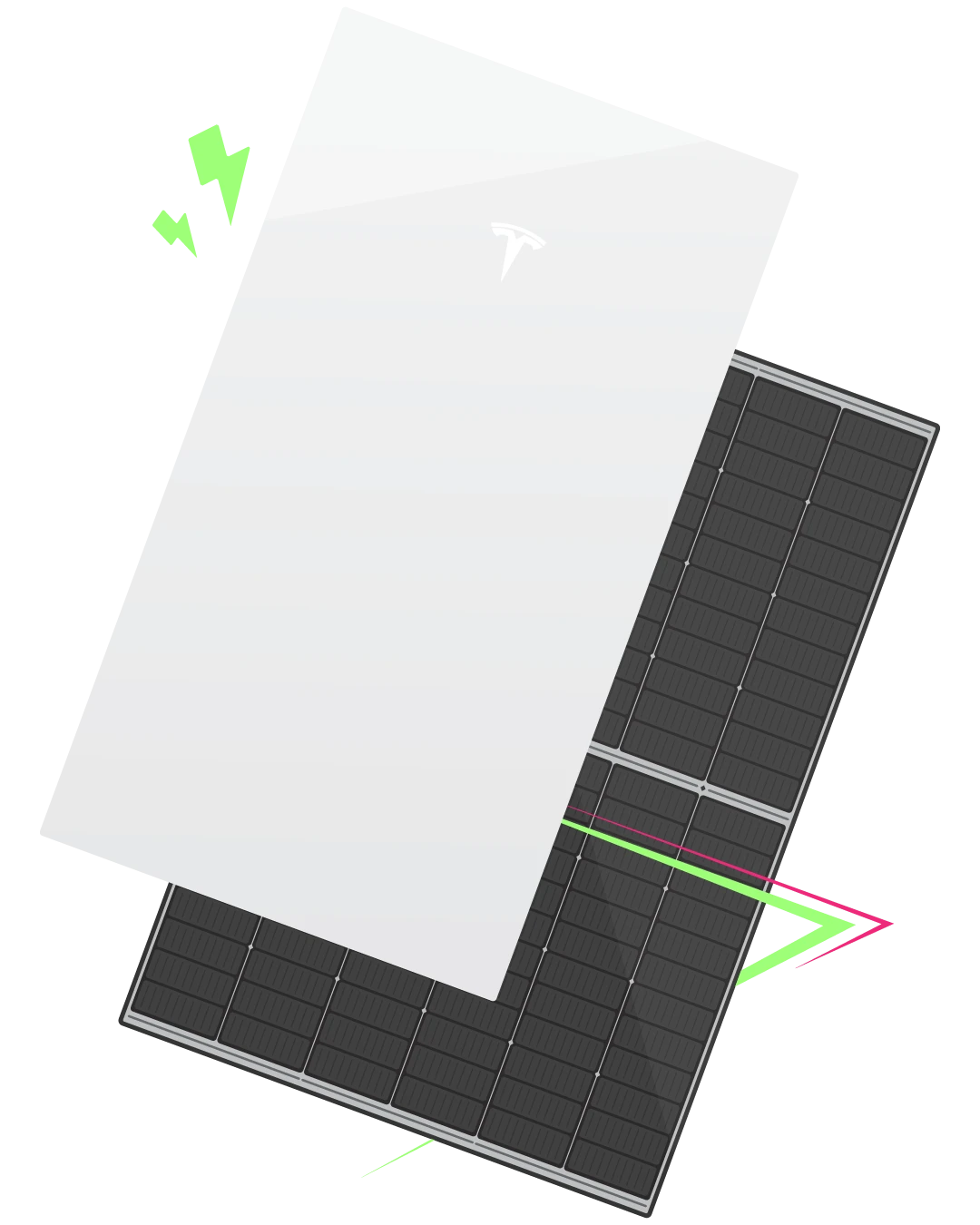
With unlimited options and capacities, it can be hard finding the best
battery for your Newcastle-based home or business.
Whilst we can help find you the best battery, here are 6 ways on how to determine the best solar battery for your property.
Each home will have unique energy consumption habits. If you mainly consume energy at night, battery storage may be perfect for you to help store the energy you harness throughout the day.
Your solar system size will help identify the ideal sized battery to ensure you're maximising the energy you generate. Determining your solar production will help indicate how much excess you have.
Whilst you can size your battery to help offset nighttime energy usage, wanting additional backup energy reserves for grid failures will require more energy capacity to keep your lights on during extended outages.
By reviewing your daily usage average, you can find a ballpark number to run with.
With 13.5kWh of energy storage, Tesla Powerwall 3 would be well-suited for the average
household's consumption.
Investing in a battery with scalability ensures flexibility if you ever wanted to upgrade in the future if your energy requirements change. Batteries like Sungrow are stackable and modular by just adding another module.
Your budget will be a factor in finding the right bang-for-buck solution. Budget constraints will play a part in determining the capacity and help narrow down mid and top-tier solutions.
Explore eligible battery storage for the Federal Battery Rebate Incentive and get a discount on your first battery or expansion.
Eligible batteries for the Cheaper Home Battery Program includes Tesla Powerwall 3, Sungrow SBR, Sungrow SBH batteries, and BYD Battery-Box, which all meet the subsidy's
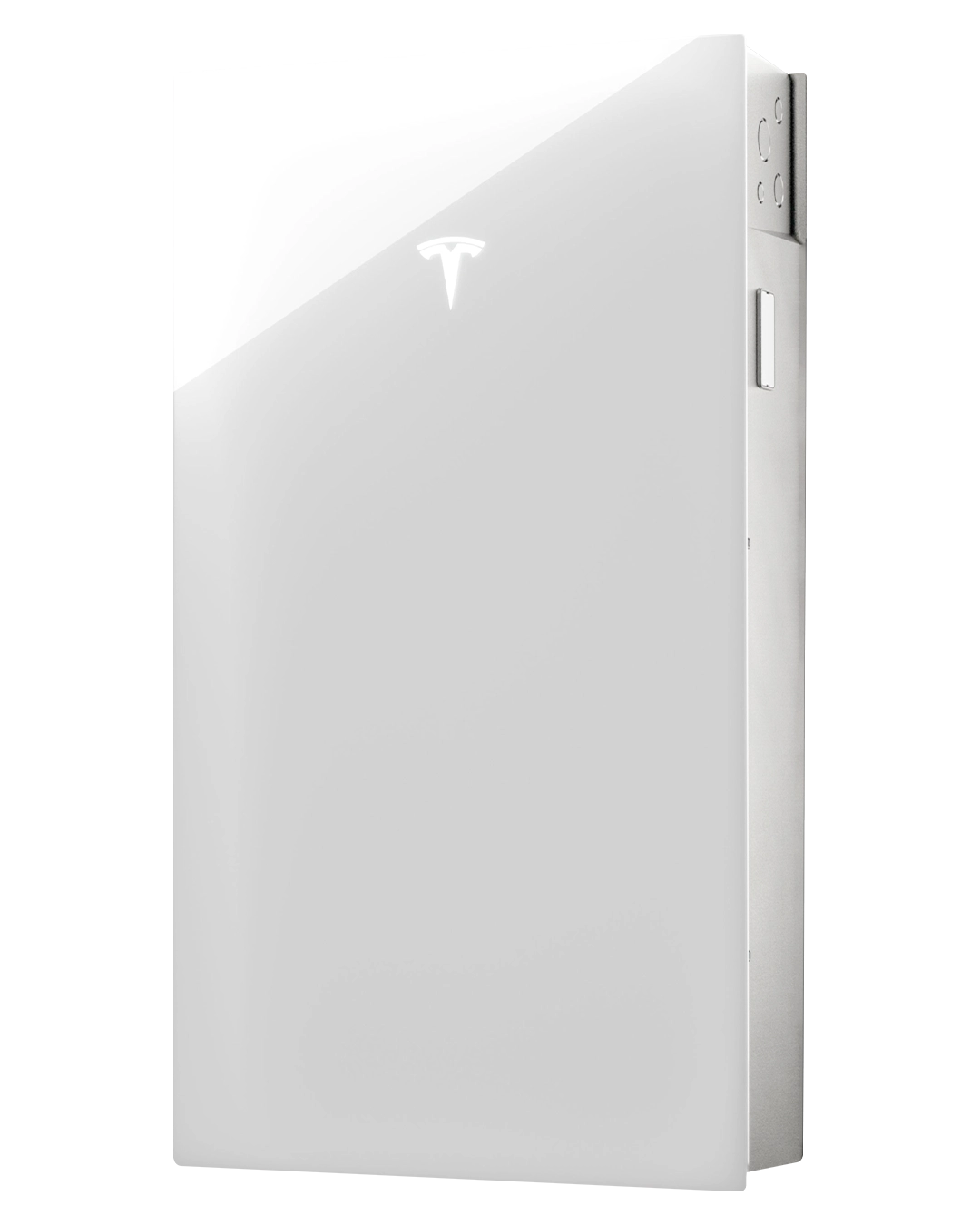
Being eligible for the Australian Battery Subsidy, Tesla Powerwall 3 can help you maximise your incentive savings and solar generation with its 13.5 kWh capacity.
With a built-in solar inverter, Tesla Powerwall 3 is a perfect solution for new homes that want a minimalistic storage system, that also packs a punch with its impressive features.
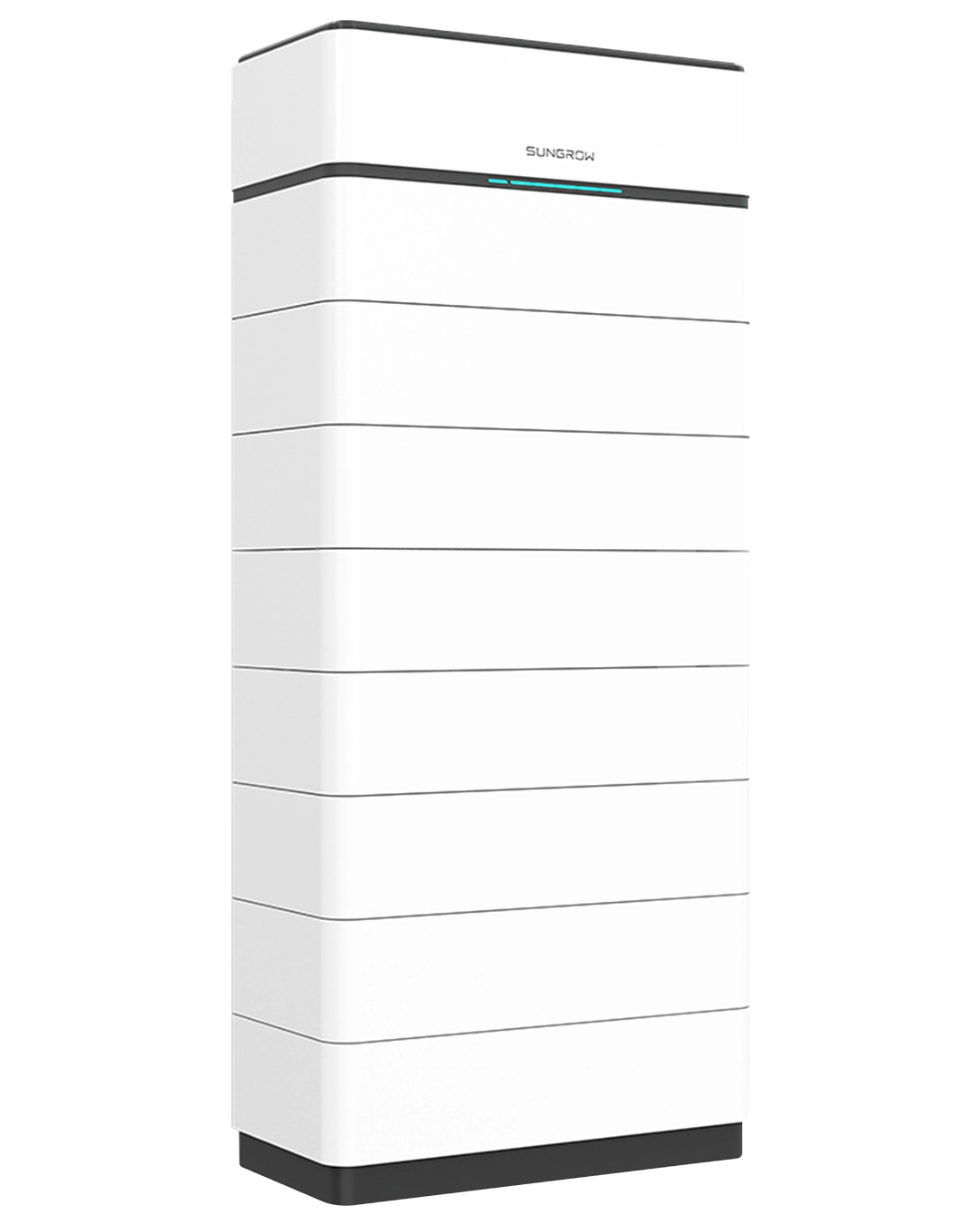
SBH100/150/200/250/300/350/400
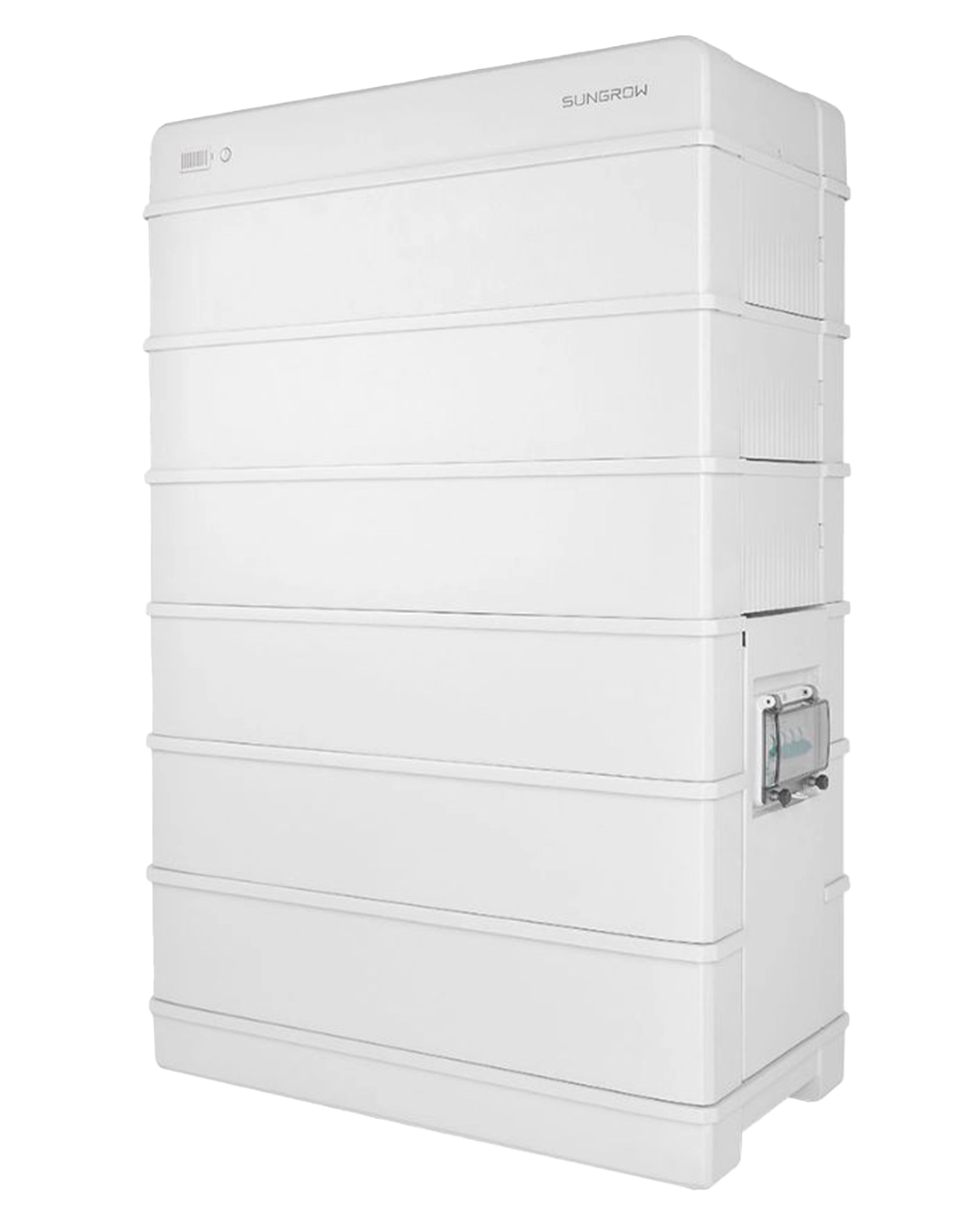
SBR064/96/128/160/192/224/256
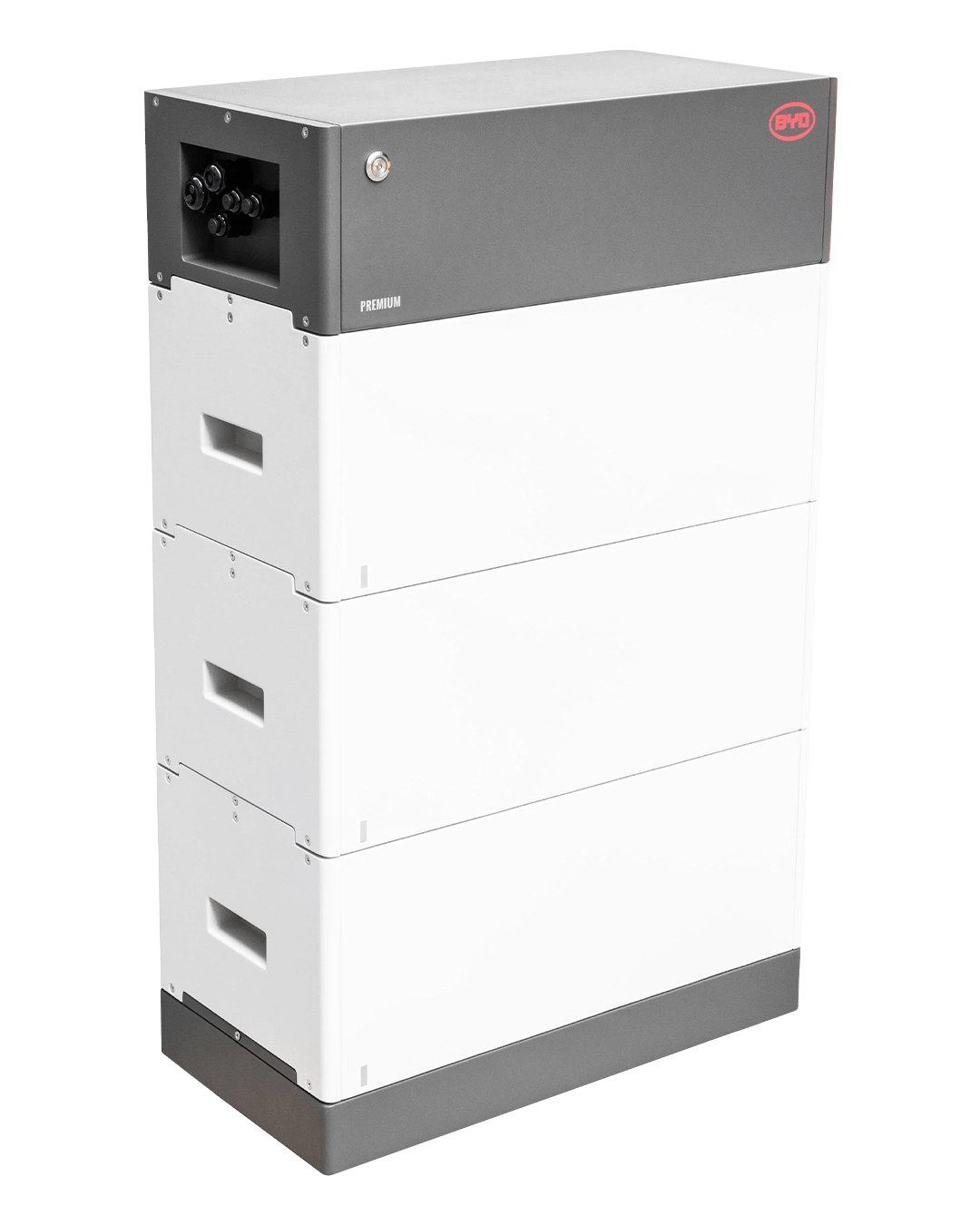
Below are some frequently asked questions about the Cheaper Home Batteries Program.
Elite Power Group are Newcastle’s leading rebate and subsidy providers for solar and battery installations. We’ve been helping homes and businesses take advantage of the solar rebate for numerous years, helping property owners find the optimal systems.
Now that the battery incentive is here, we want to continue to help properties around Newcastle take advantage of battery discounts that best suits them.
Our vision is to empower communities with electrical and renewable energy solutions, and we want to achieve that by also enabling our customers to take full advantage of available subsidies and incentives they may be eligible for.
As your local solar battery professionals, we strive to design and install systems that meet eligibility
requirements for available rebates and incentives, as well as meet Australian standards to secure long-term safety and energy performance
for both residential and commercial properties across Newcastle and surrounding areas.
Solutions-Focused
Instead of selling you a standard battery system, our team are focused on providing a tailor-made solution that meets your requirements and budget.
Customer-first Mentality
From when we first meet, we want to ensure a positive experience which exceeds expectations with accessible post-installation support.
Local Industry Professionals
Unlike other businesses through Newcastle area, our team specialise in not just solar and battery storage but are proficient in electrical and EV charging too!
Certified Installers
The Elite Power Group team have invested in becoming CEC/SAA accredited designers and installers to ensure systems are reliable and of the highest quality.
Explore how battery nominal & useable energy capacity is different to power output, and learn about state of charge, depth of discharge, and cycles.
Considering a cheap solar system? Learn how low-quality, unreliable inverters and panels can lead to costly repairs, full replacements, and safety issues.
Battery supply chains are tight across Australia, with shipping delays leaving many installers out of stock and customers waiting longer. What's happening?